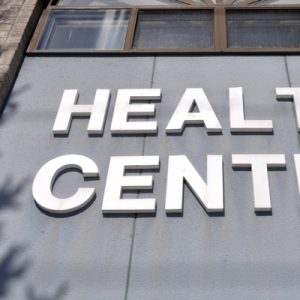The Effects of the Affordable Care Act on Federally Qualified Health Centers in Michigan
 Federally Qualified Health Centers (FQHCs) form a critical part of the health care safety net, providing essential primary care services to people with limited health care access. The Affordable Care Act (ACA) increased FQHC funding from 2010 through 2015 and significantly expanded the insured population beginning in 2014.
Federally Qualified Health Centers (FQHCs) form a critical part of the health care safety net, providing essential primary care services to people with limited health care access. The Affordable Care Act (ACA) increased FQHC funding from 2010 through 2015 and significantly expanded the insured population beginning in 2014.
The purpose of this brief is to describe how the overall experience of Michigan FQHCs has changed with ACA implementation, based on analysis of 2008–2015 Uniform Data System data, 2016 Health Resources and Services Administration (HRSA) Delivery Site data, as well as data from interviews with FQHC leaders across the state.
Key findings include:
- Many health centers have used increased grant funding to provide new services and expand existing ones, such as dental and mental health services.
- Coverage expansion, particularly through the Healthy Michigan Plan (Michigan’s Medicaid expansion program), has substantially decreased the number of uninsured patients. Overall, the uninsured share of the Michigan FQHC population dropped by nearly 50 percent between 2013 and 2015, falling from 31 percent to 16 percent.
- Although specialty referrals are easier for insured patients, such referrals remain a major challenge in some regions and specialties, especially for Medicaid patients. Some of the more difficult services to find include those in psychiatry, rheumatology, orthopedics, and neurology.
- FQHCs have been developing new partnerships and strategies to help address the remaining needs of their patients. This includes partnerships with hospitals and community mental health organizations as well as partnerships with specialists outside their geographic area to provide telehealth services.
- FQHCs still experience many barriers to growth, including challenges with hiring necessary providers, such as psychiatrists, as well as adequate funding for particular types of services, such as oral surgery, or for personnel, such as community health workers.